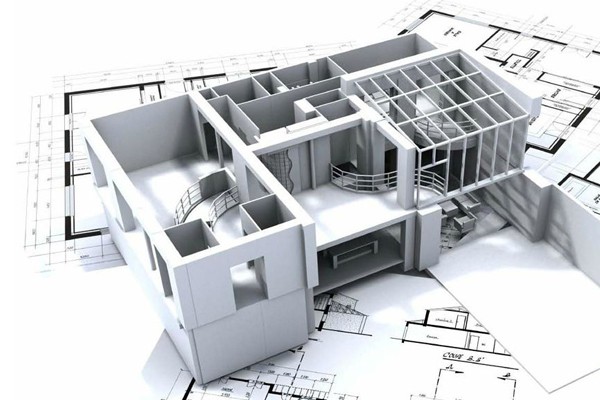Bridging the Gap: The Significance of CAD to BIM Conversion Services in Modern Construction
In the ever-evolving field of architecture and construction, the transition from traditional Computer-Aided Design (CAD) methods to Building Information Modeling (BIM) has become a cornerstone for efficient and collaborative project development. Recognizing the need to adapt legacy designs to the BIM environment, CAD to BIM Conversion Services have emerged as a crucial bridge between the past and the future of the construction industry. This article explores the importance of CAD to BIM conversion services, shedding light on the benefits, challenges, and best practices associated with this transformative process.
Understanding CAD to BIM Conversion
The shift from CAD to BIM represents a fundamental change in the way construction projects are conceived, designed, and managed. While CAD systems focus on 2D representations of geometry, BIM introduces a comprehensive 3D model enriched with information about every aspect of the building, from structural components to mechanical systems. CAD to BIM conversion services play a pivotal role in upgrading existing designs by transforming them into intelligent and data-rich models.
Benefits of CAD to BIM Conversion Services
Enhanced Collaboration and Coordination: BIM fosters collaboration among various stakeholders by providing a centralized and standardized platform for project information. CAD to BIM conversion services enable seamless integration of existing CAD designs into BIM models, promoting better communication and coordination among architects, engineers, and contractors.
Data Enrichment and Visualization: BIM models are not merely digital representations of physical structures; they are information-rich databases that store details about materials, costs, and schedules. CAD to BIM conversion services enhance the legacy CAD designs by incorporating relevant data, enabling more accurate project visualization and analysis.
Parametric Modeling for Design Flexibility: BIM introduces parametric modeling, allowing for intelligent and adaptable designs. CAD to BIM conversion services leverage this capability by transforming static CAD elements into parametric objects, enabling dynamic adjustments and alterations throughout the project lifecycle.
Improved Facility Management: BIM's data-centric approach extends beyond the construction phase into facility management. CAD to BIM conversion services empower building owners and operators by converting legacy CAD designs into BIM models that can be used for ongoing maintenance, renovations, and future expansions.
Challenges in CAD to BIM Conversion
Data Accuracy and Consistency: Converting CAD drawings to BIM requires meticulous attention to detail to ensure accurate representation of elements and their properties. Inconsistencies in data can lead to errors in the BIM model, impacting the overall reliability of the information.
Complexity of Legacy Designs: Older CAD designs may lack the level of detail and information required for a comprehensive BIM model. CAD to BIM conversion services often involve addressing the complexity of legacy designs and making decisions about how to represent certain elements accurately in the BIM environment.
Interoperability Issues: CAD and BIM software may have different file formats and interoperability challenges. Converting CAD files to BIM requires expertise in navigating these issues and ensuring a smooth transition between different software platforms.
Best Practices in CAD to BIM Conversion Services
Thorough Assessment of CAD Data: Before initiating the conversion process, a thorough assessment of the existing CAD data is essential. Understanding the complexity, accuracy, and completeness of the data sets the foundation for a successful conversion.
Collaboration and Communication: Effective communication and collaboration among project stakeholders, including architects, engineers, and BIM specialists, are crucial. Clear communication ensures that the goals of the CAD to BIM conversion align with the overall project objectives.
Utilization of Automation Tools: Automation tools can expedite the conversion process and improve accuracy. Leveraging automation for repetitive tasks allows professionals to focus on more complex aspects of the conversion, ensuring a higher quality outcome.
Conclusion
CAD to BIM conversion services play a pivotal role in the evolution of the construction industry, facilitating the seamless transition from traditional design methods to the data-driven and collaborative realm of BIM. By enhancing legacy designs with intelligent information and 3D modeling capabilities, these services empower project teams to harness the full potential of BIM throughout the project lifecycle. As technology continues to advance, CAD to BIM conversion will remain a critical process, ensuring that the industry continues to thrive on the principles of innovation, efficiency, and collaboration.




Comments
Post a Comment